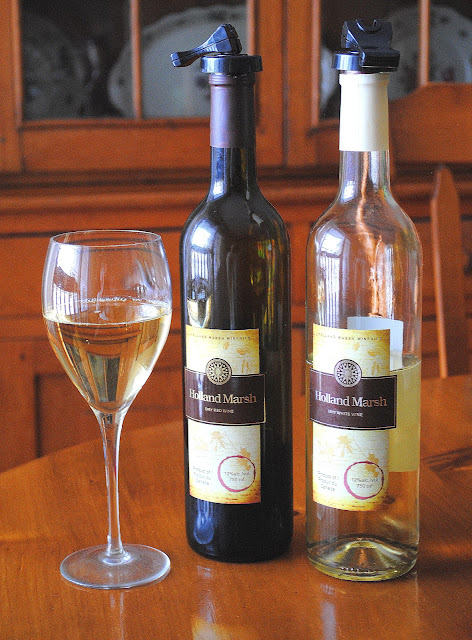 House Finches moved up 5 places today on the birdfeeder list. There are now 4 males and 4 females filling up on seeds. They are greatly outnumbered by goldfinches, redpolls, juncos and tree sparrows, and usually defer to these other birds. As luck would have it, I happened across an online photo today of an albino House Finch, taken about eight months ago in Saskatchewan. I thought I would include photos of a male and female (for comparison purposes) and the albino bird for its rarity.
House Finches moved up 5 places today on the birdfeeder list. There are now 4 males and 4 females filling up on seeds. They are greatly outnumbered by goldfinches, redpolls, juncos and tree sparrows, and usually defer to these other birds. As luck would have it, I happened across an online photo today of an albino House Finch, taken about eight months ago in Saskatchewan. I thought I would include photos of a male and female (for comparison purposes) and the albino bird for its rarity.Common Redpolls ~ 44
Dark-eyed Juncos ~ 34
American Tree Sparrows ~ 34
Mourning Doves ~ 19
House Finches ~ 8
House Sparrows ~ 6
Blue Jays ~ 4
Chickadees ~ 4
Red-breasted Nuthatch ~ 2
White-breasted Nuthatch ~ 2
Starling ~ 1
Cooper's Hawk ~ 1
Downy Woodpecker ~ 1
Total Species ~ 15
Albino House Finch (top left) by Crista Coulter / Male House Finch (middle) by Richard Dubie/OFO
Female House Finch (bottom) by Daniel Cadieux/OFO
Female House Finch (bottom) by Daniel Cadieux/OFO
Please comment if you wish.
BtheB














































